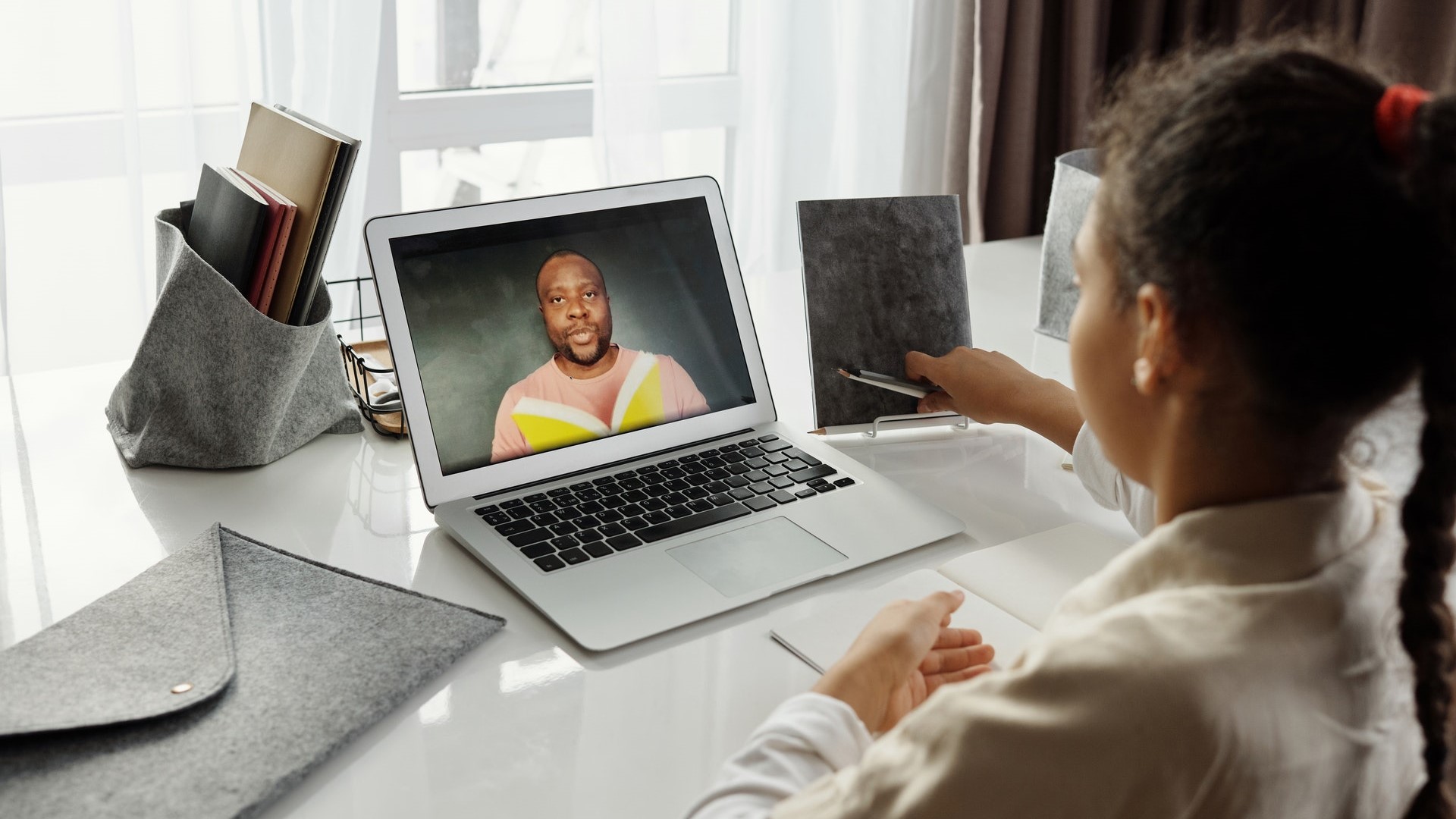
As more and more school districts are making decisions about schools reopening and how learning will take place, an approach that is being considered is blended learning. It is doubtful that many have not already heard of blended learning so let’s refer to its simplest form – bricks and clicks learning (‘bricks’ is face-to-face learning in a physical classroom; ‘clicks’ is online learning in a virtual classroom). Most teachers and students have experience using desktops, laptops, and/or tablets to do things such as research information or take state tests. So, bricks and clicks is familiar and in some cases a whole school initiative.
One learning model being considered would require students to go to class part of the week and the rest of the week learn from home. This enriched virtual model of blended learning has students dig into new content via online lessons and assessments, videos, taking virtual fieldtrips, etc. When students go to the classroom, that time can be used for application of newly learned concepts and skills. Teachers can also provide personalized instruction to individual students or small groups based on needs.
The goal of blended learning is to promote continuous learning regardless of the environment. Many schools had already incorporated some version of blended learning prior to school closings, and they were implemented successfully. How? Below are best practices for blended learning to keep in mind.
Best Practices for Blended Learning
- Establish well-defined classroom procedures and routines. Chart routines and post in an area of the classroom where it can be clearly seen and referred to, as needed. For the virtual classroom, have a PDF easily accessible in a digital file such as Google Classroom or Microsoft Teams. Prior to accessing material online, provide students with a document with instructions on how to access assignments, teacher feedback, and the class calendar. This can minimize questions during face-to-face and virtual class sessions. Consistency is key.
- Promote professionalism and respect in interaction with others. When working collaboratively and commenting on peer work, have a set of behavioral expectations for students to follow. Communication should be clear and give classmates meaningful feedback to improve work. This is especially important in the virtual classroom when most students are accustomed to using ‘text speech.’ Consider banning ‘text speech’ when providing commentary.
- Identify learning objectives and outcomes. Using state learning standards and/or district guidelines, plan units that include both in-class and online learning experiences. Be prepared for ‘hiccups’ (challenging concept, intervention needs, tech glitches) by having supplemental activities and tasks available for quick substitutions when necessary. This decreases the likelihood of wasted learning time.
- Design/Select online activities that are engaging, interactive, and support in-class learning. In-person classroom time is incredibly valuable for nurturing relationships and creating a positive and supportive class culture. Decrease the time needed for reteaching by designing or selecting online content that can walk students through new concepts and skills in an engaging way. Even if a school or district has adopted an online ed program, there are platforms that have premade content while also allowing teachers to create lessons appropriate for their students such as MimioConnect®.
- Create a list of assignments for students. While working with individual students or small groups, the rest of the class has a list of assignments to complete that support the concept or topic being learned. At the end of the class day, teacher and students can review assignments completed. Using an online learning platform, this is relatively simple and data such as assignment completed, time spent on an assignment/lesson, and items correct/incorrect can quickly be reviewed.
- Provide frequent opportunities for collaboration. Incorporating collaboration experiences during both in-class and virtual classroom sessions gives them practice with working cooperatively with others, becoming comfortable with sharing ideas, and patiently listening to how others understand a concept or work through a skill. While this may seem challenging to do in a virtual classroom, students can discuss assignments or work on long-term projects via messaging, video calls, and breakout sessions in virtual class sessions.
- Regularly track student progress and assessment data. This may seem an obvious practice and is easily done in the physical classroom but may require a bit more time in the virtual one. In the classroom, teachers can ask students to raise hands or do a quick write after a lesson to assess student comprehension. Depending on the platform, teachers can create quizzes or have students write a brief “what I learned” message on a shared doc or class web post. Reviewing this feedback can help teachers make fast decisions on how to move forward or identify students that need extra help. MimioConnect has data tracking and reporting to help inform teachers, and students, about learning progress.
These are just some practices that are important for successful implementation of the blended learning approach. Other ‘honorable mentions’ are interactive teacher training and ongoing support, limiting resources for new concepts or topics so that students are not overwhelmed with the amount of material, providing materials in print for students who do not (always) have reliable internet access or a web-enabled device, and opportunities for teachers to discuss successes and needs for improvement in putting blended learning into action. With all things, patience and practice are essential. Take the time, as much as possible, to wade into this new approach so that everyone is comfortable and confident. This may take all year, or more. But, the effect – continuous learning while in a collaborative and supportive environment – is worthwhile.
For more on blended learning and the virtual classroom, read:
- Five Blended Learning Models to Consider for the Fall
- Wanted: A Blended Learning Platform for Fall
- The Virtual Classroom – What to Know
To learn more about how Boxlight can support a continuous learning environment including the blended learning platform – MimioConnect -- go to boxlight.com.
To learn more on customizable teacher professional development courses, go to boxlight.com/professional-development-teachers.